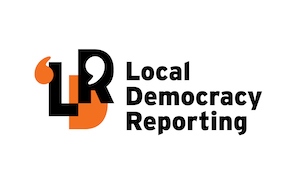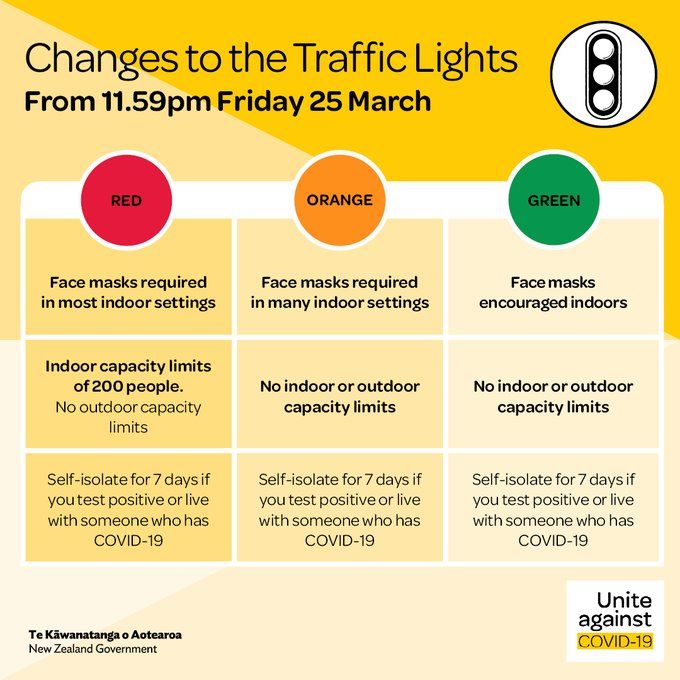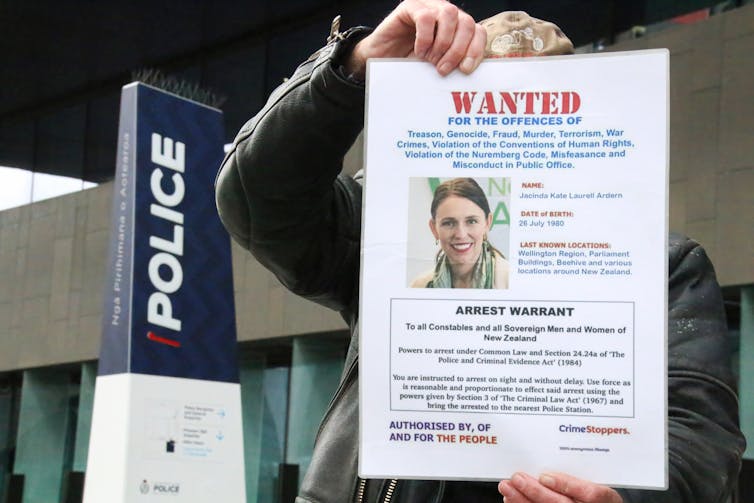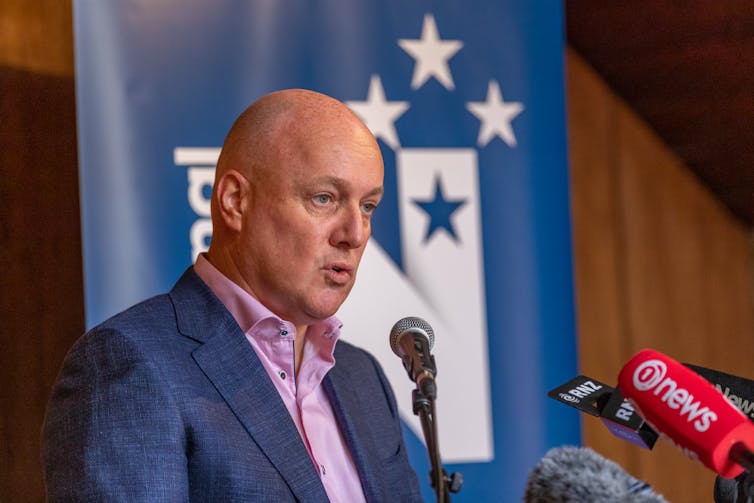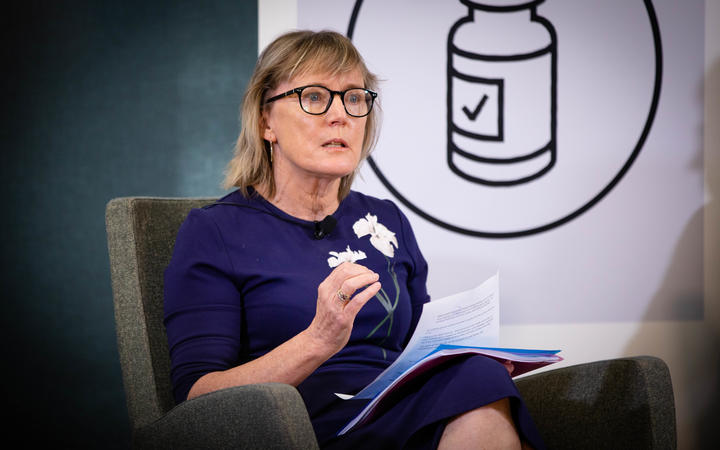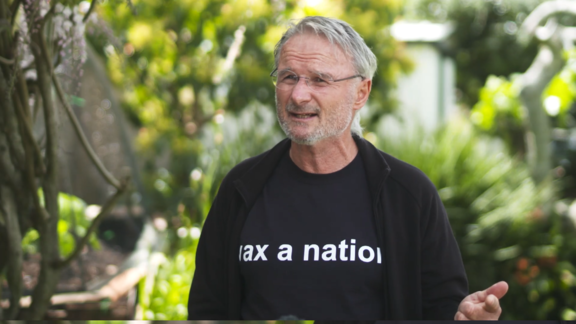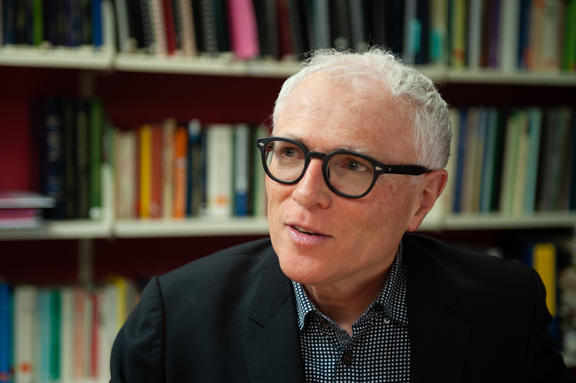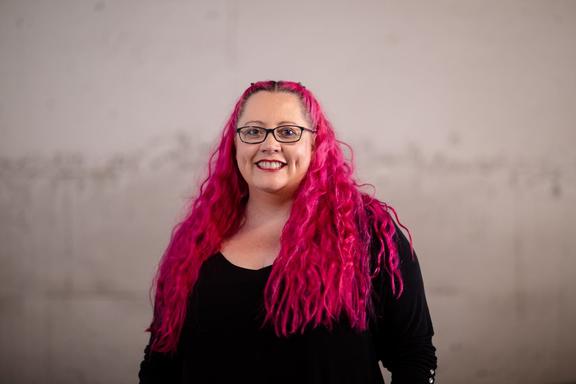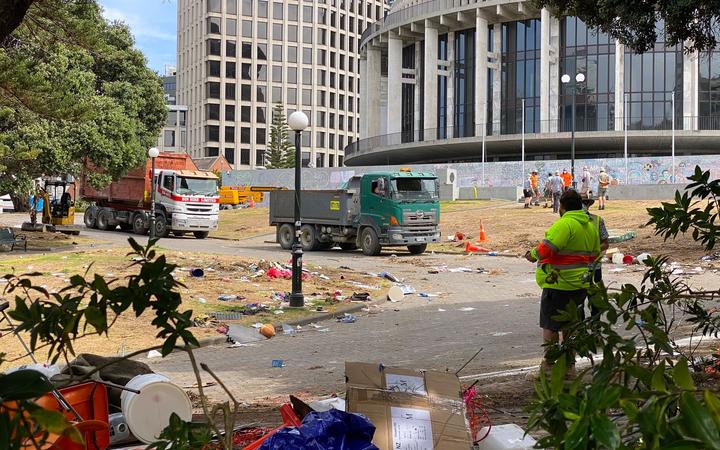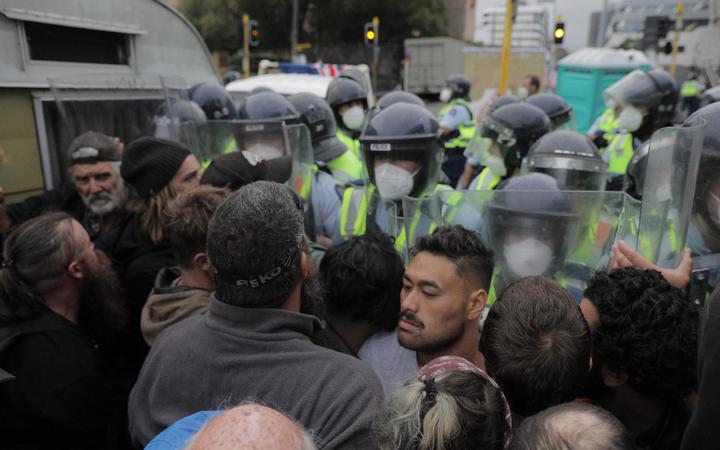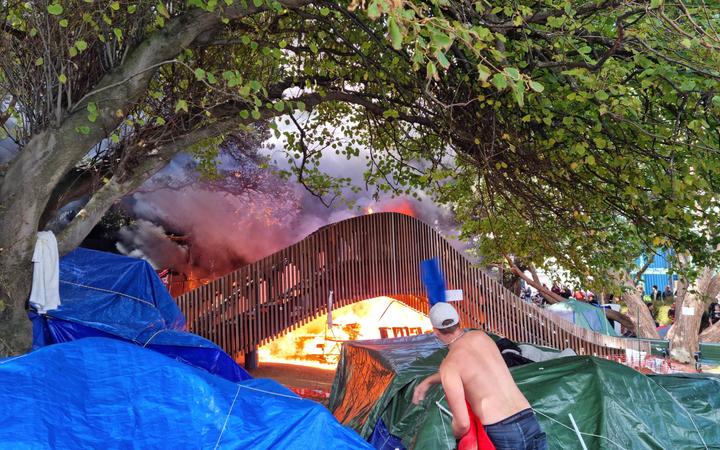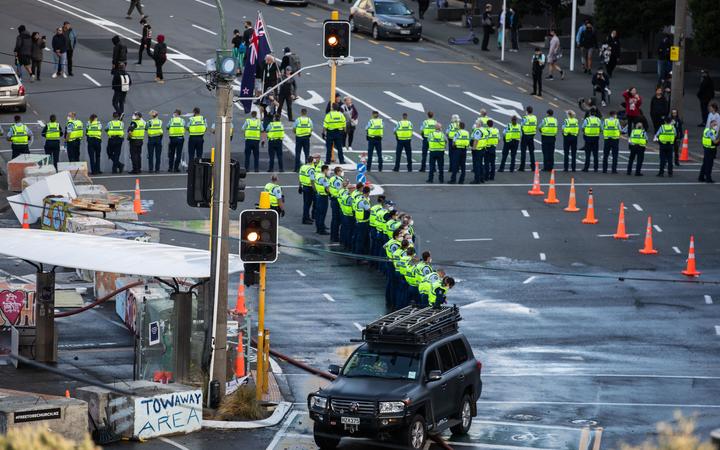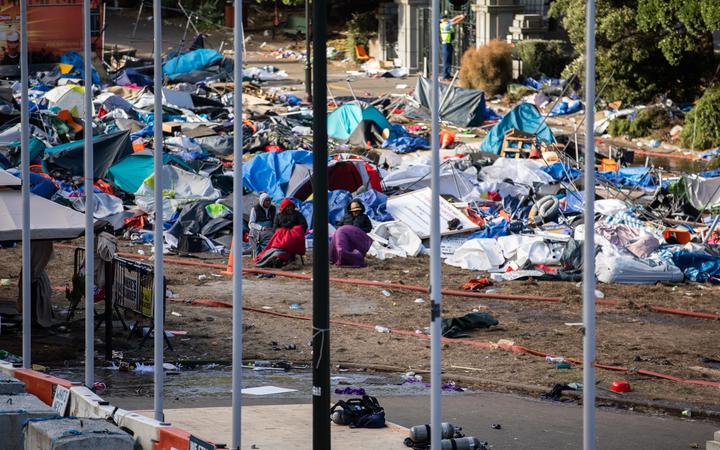COVID cases are rising throughout Europe and Asia, leading some experts in the United States to wonder whether another wave is around the corner. Caseloads have been low in all 50 states following the Omicron spike in late 2021 and earlier this year, leading to a broad relaxation of mask mandates and a decrease in remote work options throughout the country. Nearly all Republicans in Congress, and many conservative Democrats, are pushing for a repeal of the continuing federal mask mandate on planes and public transportation.
The spike in cases overseas is being driven by a subvariant of Omicron, known as BA.2. Early evidence suggests it may be even more transmissible than the initial variant, which caused record surges around the world. There’s also cause for cautious optimism, however, as it appears that immunity caused by the first variant extends to the new subvariant. Between vaccinations and boosters, and so-called “natural immunity” from a previous infection, the United States may have a wall of protection to prevent caseloads — and, more importantly, hospitalizations and deaths — from spiking in the coming months.
Anthony Fauci, the federal government’s point person on COVID, said on March 20 that he expected a rise in cases, even if it doesn’t amount to another full-blown wave. Fauci estimated that the new subvariant accounts for about 25 to 30 percent of new cases.
If the worst is avoided in the United States, it will not be because state and federal officials have taken measures to prepare for the next wave. To the contrary, Congress recently failed to include additional pandemic funding in its annual massive spending bill. The result could be disastrous, especially for poor people and those without insurance. As Republicans, conservative Democrats and even some public health officials insist on putting the pandemic behind us and getting back to “normal,” it’s not at all clear that the country — or the world — is through with COVID.
Even at the current levels, the push from some to adopt a new normal of living with COVID often ignores the risks to immunocompromised people and those who aren’t eligible for the vaccine. Millions of people who may not fit the CDC’s definition of immunocompromised are living with chronic illness, disabilities, or other health concerns that put them at a heightened risk. If aspects of the pandemic like regular remote work and telehealth become less common, these are the communities most likely to be left behind — even under what some mainstream pundits are considering a best-case scenario.
And maintaining the current levels of community spread could be elusive. President Joe Biden’s plans at the federal level have largely been hampered by Congress, which has reverted from a brief period where it actually addressed public needs back to an anti-public health posture. Early rounds of pandemic relief were passed with so-called deficit spending, but Republicans began insisting that Democrats find a way to “pay for” the programs — Washington, D.C.-speak for increasing taxes or finding another source of revenue. Biden had initially asked Congress for $22 billion in new pandemic funding, which lawmakers then cut to $15 billion, with Republicans and some conservative Democrats insisting on the spending offsets. The floated compromise was that new revenue would come from states that had already received pandemic funding, prompting a rebellion from a handful of House Democrats. House Speaker Nancy Pelosi then pulled the new COVID money from the bill, prompting fear from the White House that Congress would fail to pass the needed funding altogether.
Without the additional spending, numerous federal projects are at risk on a rolling basis over the next several months. The government will soon be forced to cut shipments of monoclonal antibodies by 30 percent as soon as next week. In April, the administration will end a program that reimbursed providers for testing, tracing and treating uninsured patients. As a result, people without insurance are facing a looming catastrophe if they contract COVID or need an additional booster shot. Fears of unknown medical bills could also prevent uninsured people from seeking preemptive care or treatment, potentially further exacerbating community spread.
The disasters don’t stop there. Support for domestic testing manufacturers will run out by June. A senior administration official told reporters that without more funding, the federal government “will lack the funding needed to accelerate research and development of next-generation vaccines that provide broader and more durable protection, including a vaccine that protects against a range of variants.” The administration had planned to make second booster shots available to the public at large in the fall if experts deemed it scientifically necessary, but that’s at risk now as well.
Taken together, this means the United States isn’t prepared to deal with future COVID variants, an entirely different pandemic, or even the existing levels of spread currently in the country. Although cases have dramatically dropped off since the height of the Omicron spike, the U.S. is still registering almost 30,000 cases a day on average, and roughly 830 deaths.
As The Atlantic’s Ed Yong argues, existing U.S. pandemic measures were “already insufficient” to the task at hand. “These measures needed to be strengthened, not weakened even further,” Yong writes. “Abandoning them assumes that the U.S. will not need to respond to another large COVID surge, when such events are likely, in no small part because of the country’s earlier failures. And even if no such surge materializes, another infectious threat inevitably will.” He adds that the United States is now “sprinting” towards the next pandemic.
Instead of creating the kind of robust, lasting institutions and programs that could respond to the country’s current as well as short-term and long-term needs, Congress is burying its head in the sand. Cutting funding for COVID measures now is the very definition of penny wise, pound foolish. Or, to use a medical aphorism, an ounce of prevention is worth a pound of cure. Instead of taking this period of relatively low levels of community spread to shore up our collective defenses, Congress is rolling the dice, betting that the worst of the pandemic is behind us.
This should be a time to reflect on the enormous success that COVID vaccine developments represent: success paid for directly, and backstopped, by public money. If there is a lesson to be taken from March 2020 until now, it’s that the U.S. federal government is actually capable of making people’s lives better if it allocates the necessary resources to do so. In a more just world, the vaccines themselves would be owned by the public and distributed globally, not just because it’s the right thing to do, but also because it’s in our own collective self-interest to deprive the virus of communities to spread and mutate. That’s not the world we live in, but it would be a mistake not to embrace the successes we’ve seen over the last two years, even if they need to be reframed away from the logic of public-private partnerships.
The pandemic has shown that public spending at the federal level can produce enormous public benefits. Unfortunately, Congress seems to have reverted back to an austerity-based, deficit hawk mindset. That’s not a surprise, but it does mean that public health in this country is at risk over the next several months, let alone the next several decades.
This post was originally published on Latest – Truthout.

